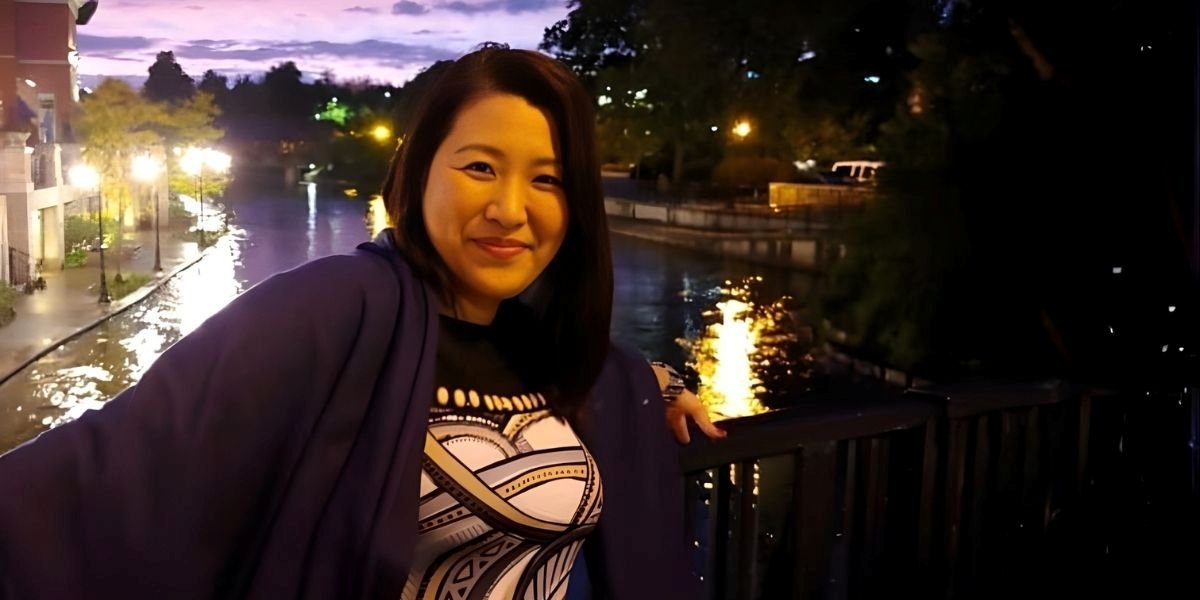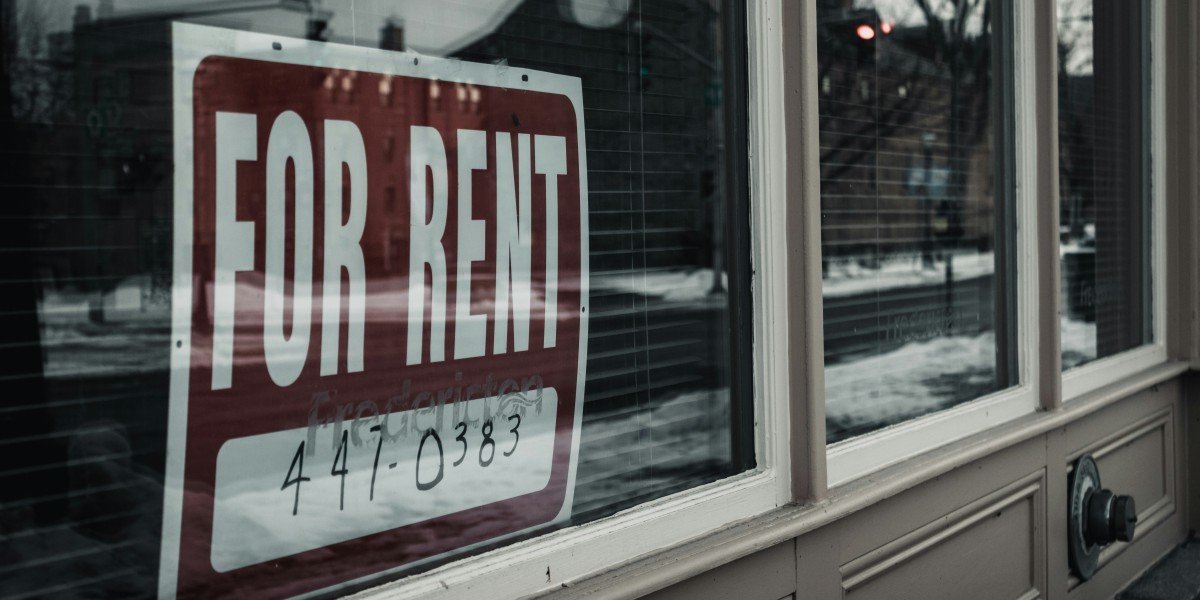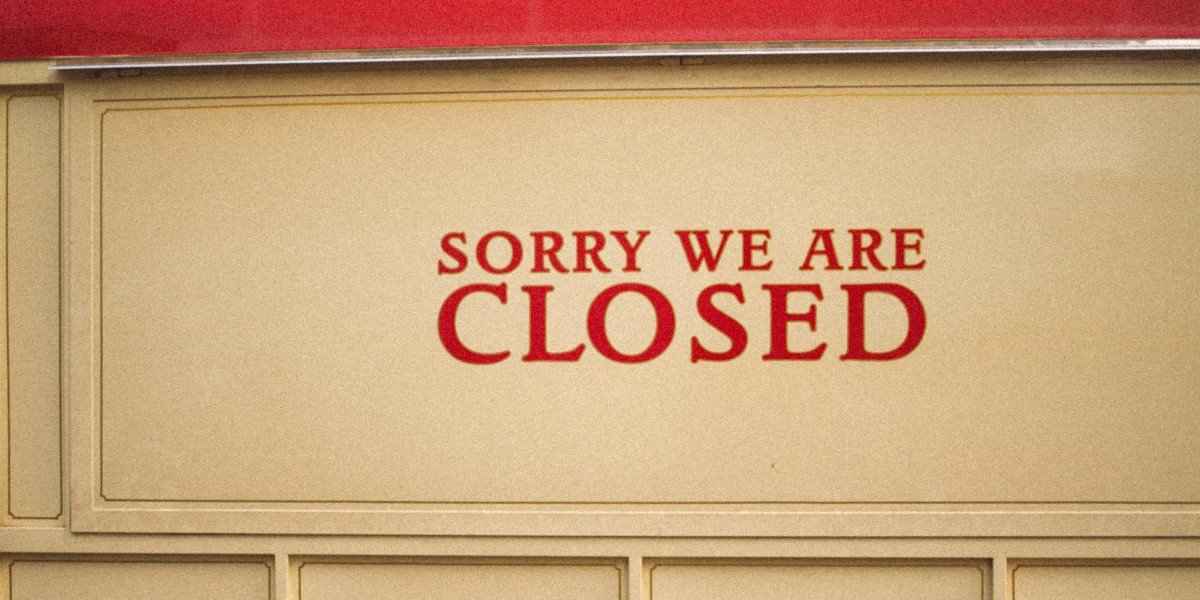In recent years, watch parties have emerged as a popular way for movie enthusiasts to enjoy films with friends, family, and strangers alike, often in the comfort of their own homes. Originally fueled by the pandemic and the rise of streaming services, watch parties have grown beyond a fleeting trend to become an enduring part of modern cinema culture. The ability to share the cinematic experience—whether virtually or in person—has changed the way audiences engage with films, adding a layer of social interaction that was once exclusive to theaters. This article explores the growing popularity of watch parties in cinema, their benefits, and how they’re shaping the future of film consumption.
The Rise of Watch Parties
1. Streaming Services Paving the Way
Streaming services such as Netflix, Amazon Prime Video, Disney+, and Hulu have revolutionized how audiences access and consume films. These platforms offer vast libraries of content that can be watched anytime, anywhere, without the need to visit a theater. The convenience of streaming has made it easier for people to watch movies from home, but it has also led to a shift in how people experience these films.
During the COVID-19 pandemic, as social distancing became a norm, virtual watch parties gained momentum. Streaming services adapted to this demand by introducing features that allowed users to synchronize their movie-watching experience and chat in real time. This trend not only helped people stay connected during lockdowns but also tapped into the growing desire for shared, social experiences in an increasingly digital world.
2. Technology and Social Interaction
The success of watch parties is closely tied to advancements in technology, particularly the development of virtual viewing platforms and apps. For instance, services like Teleparty (formerly Netflix Party), Scener, and Kast enable users to synchronize their video playback while chatting via text or video. These platforms ensure that everyone watching a film is on the same page, making the experience feel more connected, even if participants are miles apart.
In addition to social media platforms and streaming services, smart TVs and video conferencing software (like Zoom) have also played a crucial role in enhancing the watch party experience. This level of integration and ease of use has allowed people to host private screenings for friends and family or join larger, public watch parties with fans of a specific genre, director, or franchise.
The Benefits of Watch Parties
1. Socialization and Shared Experience
One of the primary reasons watch parties have become so popular is their ability to replicate the communal aspect of cinema, allowing people to share the emotional highs and lows of a film together. Whether you’re watching a classic film, a recent blockbuster, or a cult favorite, the social element of watching a movie with others brings a sense of connection and enjoyment. This socialization factor is what many moviegoers miss when they choose to watch films alone at home.
The instant reactions and shared discussions that occur during a watch party often enrich the viewing experience, creating opportunities for deeper engagement with the film. Group viewing enables participants to react in real-time, share funny or insightful comments, and bond over their mutual love for cinema. The social nature of watch parties has encouraged people to gather, even when physical distance is required, creating a sense of belonging and enjoyment.
2. Flexibility and Convenience
Watch parties allow people to enjoy the cinematic experience without the need to leave their homes, pay for expensive movie tickets, or deal with long lines and parking issues. This convenience has made them an attractive option for those who don’t have the time, resources, or inclination to go to a theater. Hosting or joining a watch party can also be a more affordable alternative, as users can watch multiple films with friends without needing to spend on theater tickets or concessions.
Additionally, watch parties offer flexibility when it comes to scheduling. Unlike traditional movie screenings, which are limited to specific showtimes, virtual watch parties allow participants to choose when they want to watch a film, often synchronizing the start time to accommodate different time zones. This has made it possible for groups of people, even those with busy schedules or located in different regions, to participate in a shared movie experience.
3. Cultural and Community Engagement
For many people, the watch party trend has become a way to engage with a larger community of movie lovers. Watching films together can be a form of cultural participation, where people bond over shared interests in specific genres, directors, or actors. Virtual movie nights or fan events also foster a sense of belonging within niche groups or fandoms. From Marvel fan screenings to cult classic gatherings, watch parties enable fans to connect, discuss, and celebrate their favorite films.
Moreover, watch parties can be a platform for educational or awareness-raising initiatives, such as screenings of documentaries or films that promote social causes. Many organizations, schools, and non-profits have embraced this format to reach wider audiences while facilitating conversations around important topics.
The Role of Social Media in Watch Parties
1. Creating Buzz and Community Engagement
Social media platforms like Twitter, Instagram, and Facebook have become crucial in promoting and organizing watch parties. Hashtags related to a specific event or film are often used to create a sense of anticipation and to engage participants before, during, and after the event. For example, fans might tweet about their excitement for an upcoming watch party or share their reactions in real-time as they watch a film together.
Live-streaming events on platforms like YouTube and Twitch also contribute to the watch party phenomenon. These platforms enable large-scale, public screenings with built-in features for live chatting and interaction. Filmmakers, influencers, and even some film studios have used these platforms to connect with fans and build hype around new releases or special events.
2. Watch Parties for Exclusive Releases
As streaming services continue to create their own original content, watch parties have become an essential tool for promoting exclusive releases. Platforms like Netflix, Amazon Prime, and Disney+ have organized watch parties for major premieres or episodes of popular series, allowing users to tune in at the same time and engage in live discussions. These virtual events often feature commentary from cast members or creators, and viewers can share their thoughts and predictions in real-time, enhancing the overall experience.
Social media is key to these watch party events, as it helps generate buzz, facilitate conversation, and keep fans engaged beyond the initial viewing. This sense of community not only helps promote content but also creates lasting connections between creators and their audience.
Watch Parties in Traditional Cinema
1. Drive-In Theaters and Outdoor Screenings
While virtual watch parties have gained popularity in recent years, traditional cinema has also embraced this trend in a more physical setting. Drive-in theaters and outdoor screenings have made a strong comeback, providing a nostalgic yet modern twist on the communal viewing experience. These events often take on a “watch party” feel, where attendees gather with friends or family, enjoy the film, and discuss it afterward, much like a traditional watch party.
Additionally, some theaters have started offering special screening events where fans can come together to watch a film, participate in Q&A sessions, or enjoy themed events. These in-person watch parties not only bring back the joy of watching a film with others but also create unique experiences that attract moviegoers looking for something beyond the typical cinema experience.
2. Special Events and Collaborations
Some theaters and production companies have gone a step further, collaborating with streaming services and independent organizations to host watch parties for special film releases or anniversaries. For instance, a theater might partner with a streaming service to offer an in-person watch party for a film that’s premiering online, creating a hybrid experience that blends both the virtual and physical worlds.
These types of collaborations allow movie lovers to experience the thrill of a cinematic event while also enjoying the social aspects of watch parties, leading to more immersive and enjoyable film-viewing experiences.
The Future of Watch Parties
As the technology behind streaming and social media continues to evolve, it’s likely that the watch party trend will only grow in popularity. From virtual reality watch parties to more immersive experiences that blend cinema and social media platforms, the possibilities for the future are endless. The ability to connect with others and share a collective experience of watching a film will continue to be a key part of the movie-watching experience.
Whether it’s enjoying a movie with friends across the globe or participating in a massive fan event, watch parties have transformed the way we experience cinema, proving that the communal aspect of film is alive and well—no matter the distance.
Watch parties have become a significant and enduring trend in the world of cinema, offering movie lovers a new way to experience films with others, whether in person or virtually. Thanks to advances in technology, social media, and streaming platforms, these events have created a sense of community, flexibility, and socialization for audiences, allowing them to enjoy movies in an entirely new way. As the future of film consumption continues to evolve, watch parties will remain an essential part of how people engage with the world of cinema.








